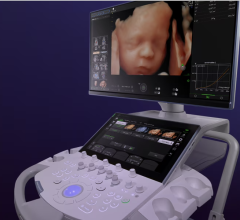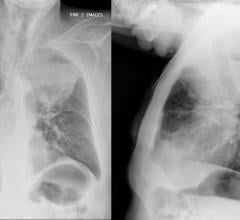
May 4, 2016 — The U.S. Food and Drug Administration (FDA) announced it is building the foundations of a national evaluation system to generate better evidence more efficiently for medical device evaluation and regulatory decision-making. The agency said a national evaluation system would generate evidence across the total product lifecycle of medical devices by strategically and systematically leveraging real-world evidence, and applying advanced analytics to data tailored to the unique data needs and innovation cycles of medical devices.
The collaborative national evaluation system will link and synthesize data from different sources across the medical device landscape, including clinical registries, electronic health records and medical billing claims. The FDA said such a system will help improve the quality of real-world evidence that healthcare providers and patients can use to make better informed treatment decisions and strike the right balance between assuring safety and fostering device innovation and patient access.
The system evolved out of a vision for a medical device post-market surveillance system described in two FDA white papers. The initial report, "Strengthening Our National System for Medical Device Post-market Surveillance," was issued in 2012 and provides an overview of FDA's medical device post-market authorities and the current U.S. medical device post-market surveillance system. The update to the report, issued in 2013, details the concrete steps that will promote more efficient collection of better and more timely data, helping to identify issues more quickly. Subsequently, FDA issued two five-year program announcements (PAR-13-202 and PAR-13-232) requesting proposals from prospective partners to build the scientific infrastructure and methodology necessary to further develop and implement these plans through cooperative agreements.
Under a cooperative agreement with FDA, the Brookings Institution convened a multi-stakeholder planning board as described in the 2013 update. In February 2015, the planning board issued a report titled, "Strengthening Patient Care: Building a National Post-market Medical Device Surveillance System" that sets out the key steps towards development of a national system for development, regulation and effective use of medical devices, while supporting improvements in patient safety and health outcomes.
The system was renamed an "evaluation system" to reflect the broad evidence needs of stakeholders with the August 2015 release of the report "Recommendations for a National Medical Device Evaluation System: Strategically Coordinated Registry Networks to Bridge the Clinical Care and Research." MDEpiNet, a broad-based public-private partnership initially envisioned and launched by FDA in 2010, produced this report and is working to build infrastructure, and develop tools and methods for the national system.
In 2016, the Duke-Margolis Center for Health Policy published "Better Evidence on Medical Devices: A Coordinating Center for a 21st Century National Medical Device Evaluation System." This document further clarifies the expectations, roles and responsibilities of the coordinating center described in the 2015 planning board report. This additional detail provides insight into the expected business practices of an independent, transparent coordinating center that would guide the future development and implementation of the national evaluation system.
The Center for Devices and Radiological Health (CDRH) said that establishing a national evaluation system for medical devices is one of its 2016-2017 strategic priorities.
For more information: www.fda.gov


 April 22, 2024
April 22, 2024 








